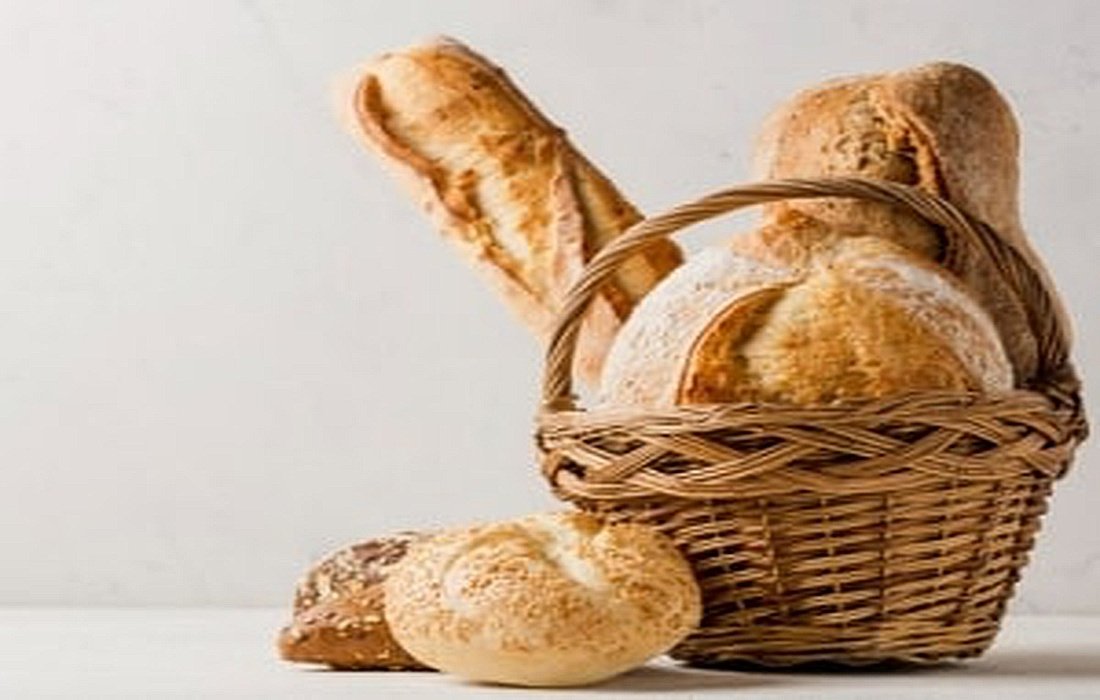Proper Storage Methods for Different Types of Bread
The truth is, freshly baked bread is at its best the moment it comes out of the oven. The optimal time for consumption is right then. Once the bread starts to cool down, its quality begins to decrease. If you’re planning on baking homemade bread, ensure that you can enjoy it right after it comes out of the oven.
When it comes to storing bread, the refrigerator is your worst enemy. Bread actually spoils more quickly in the fridge than at room temperature. To keep bread in its best condition, store it at room temperature for one or two days, and then seal it and freeze it for long-term storage. When you want to eat the bread, warm it up, and it will taste as good as fresh.
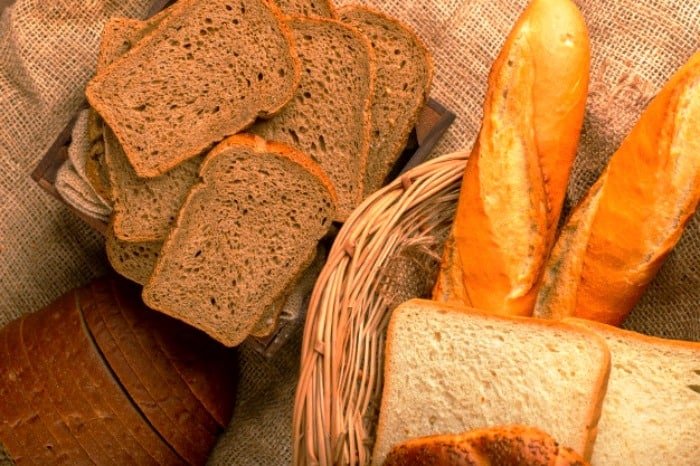
What is the best method for storing bread?
Secrets for Caring for and Storing Different Types of Bread at Home
Bread gets stale over time and when exposed to air; two main culprits cause bread to stale: the first is a chemical change with a fancy name: starch retrogradation. As soon as bread is removed from the oven, the structure of the starch molecules changes, and they begin to crystallize.StarchThese crystals separate the moisture from the bread.
The second factor is moisture loss due to exposure to air.
Tip: Cover it while it’s cooling. Wrap bread in plastic or aluminum foil. Various coverings help retain the natural moisture of the bread to prevent it from drying out and becoming hard.
If your bread is wrapped in paper, remove it and wrap it in plastic or aluminum for storage. If you slice the bread, you can leave it in its original plastic packaging.
Manufacturers of this type of bread recommend keeping it in this packaging to retain its moisture.
Do not keep bread at room temperature for more than two days. Room temperature should be around 20 ºC / 68 ºF.
Store it away from direct sunlight in a cool, dry place, like a pantry or a bread box.
If you have high humidity at home, your bread might mold quickly at room temperature.
Being honest about this, you might want to freeze it right after purchase, so it stays fresh and tasty whenever you want it.
Freeze extra bread:
If you have more bread than you will consume in a few days, the best way to store it is by freezing it. A frozen piece of bread sufficiently lowers the temperature to separate the excess starch from the bread, preventing it from going stale.
Make sure to place it in plastic bags or plastic wrap, as lightweight home foils are not suitable for freezing. Cut your bread before freezing. This way, you won’t have to slice it while it’s frozen, and warming it up won’t be too hard.
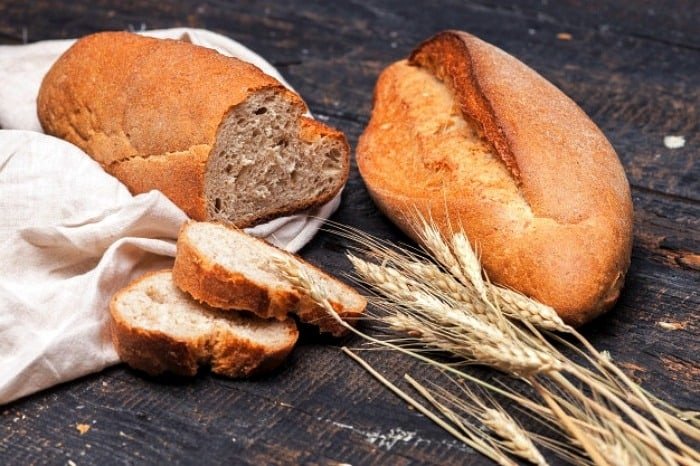
The most suitable methods for storing different types of bread
Do not put bread in the refrigerator:
Scientific studies have shown that this draws out the moisture and makes bread stale three times faster than at room temperature. This happens due to a known process that simply indicates the starch molecules crystallize, causing the bread to harden.
Unwrap frozen bread:
If you have frozen your bread, let it warm to room temperature. Take it out of the freezer and let it sit to defrost. If you prefer, you can also put it in the oven or toaster for a few minutes (no more than 5 minutes) to crisp it up.
Note that bread can only be warmed once and stay fresh; future warms will only make it staler.
Different types of bread require unique storing and preserving styles:
Room temperature is ideal for maintaining the texture of the crumb and crust, but besides the right temperature, you must manage the exposure to air.
Plastic bags are often criticized for trapping moisture – which can accelerate mold growth – but this depends on the type of bread.
For flat breads with thin crusts, plastic bags work well.
Stiff breads should be stored in paper bags.
As a loaf of bread dries out, the moisture pushed out of it is absorbed by the crusts, making them hard.
A somewhat stale loaf of bread can be refreshed:
This can be done by heating it in the oven or on the stove. Warming it in the oven for a few minutes helps the crust absorb moisture and improves the quality of the bread, and it should be consumed immediately.
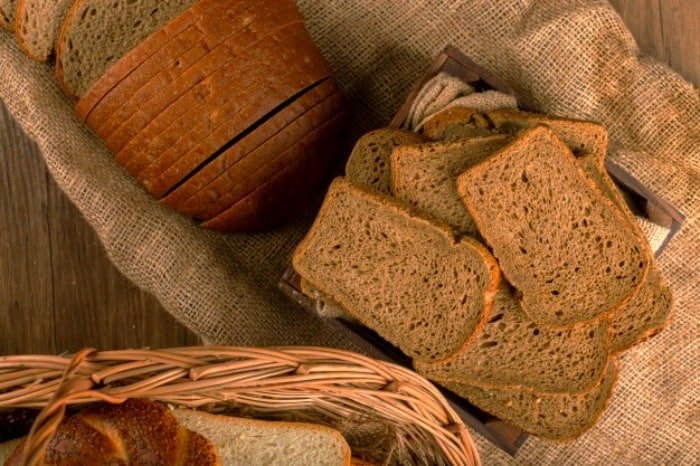
Methods for Keeping Breads Fresh
How to keep a baguette fresh:
A good baguette always goes stale before you eat it. Fortunately, in this section of Housekeeping SecretsHome ManagementatSelMagzthere are a few simple ways you can implement to keep them fresh.
Wrap it in aluminum foil and store it at room temperature; it can last up to three months. There are many ways to use and store a baguette.
Properly Storing and Keeping Baguettes:
Try to use the baguette on the same day you bought it. Since a French baguette is very thin and long, it goes stale quickly. Plan your purchase for the same day you plan to eat it.
If you bought a warm baguette that was packaged in paper or plastic, discard the bag to trap the moisture of the bread. This moisture helps keep the bread soft and moist.
Wrap the baguette in aluminum foil:
Tear off a large sheet of aluminum foil and wrap it lengthwise. Fold the ends of the foil inward and tuck the ends underneath. Smooth out the aluminum foil to seal it. If you want to freeze it, you should slice the bread before freezing.
Note: It’s important that the baguette is cool or at room temperature. If you wrap warm bread in aluminum foil, it traps steam and will stale the bread faster.
Wrapped baguettes can be kept for one day at room temperature. Place the wrapped bread on the counter and try to use it throughout the day.
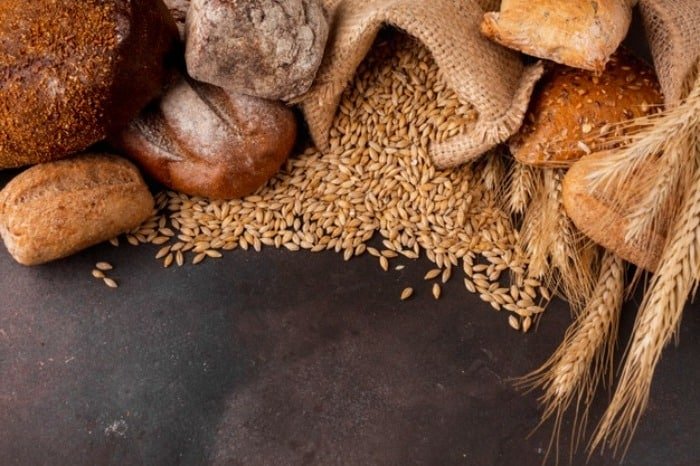
Methods for Storing BreadLeftovers
Important Tips for Buying and Storing Bread
- Always take a cloth bag with you when buying bread.
- Place cooled bread in a cloth or plastic bag.
- If you want to avoid wasting bread and keep it from getting stale, buy only as much as you need.
- If you stack hot loaves on top of each other, they will mold, stale, and spoil very quickly.
- Do not stack breads until they are completely cooled.
- For long-term storage, first let the loaves cool completely, then place them in a clean bag, and put them in the freezer.
- Consume whole grain bread as it helps reduce the risk of heart and gastrointestinal diseases.



